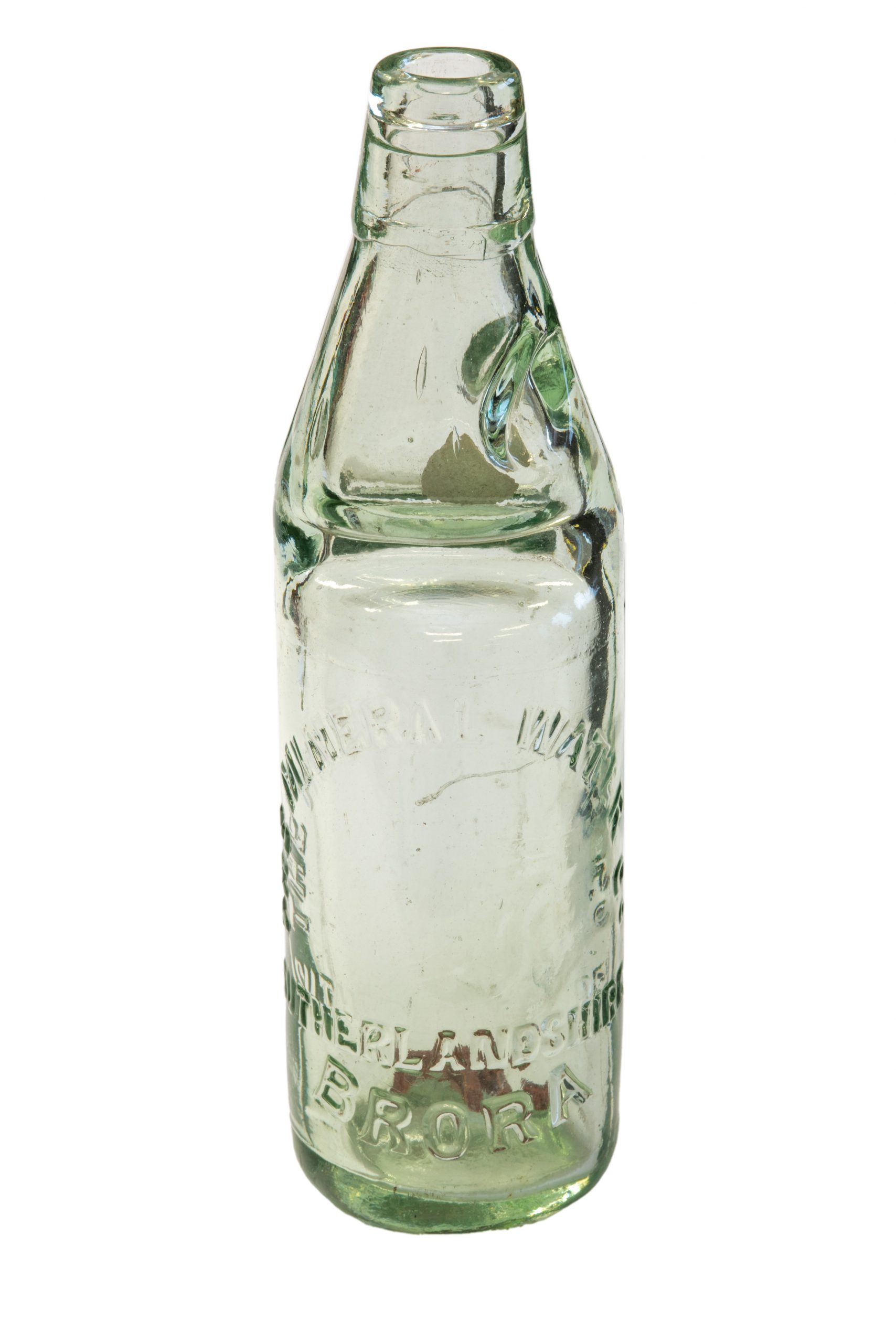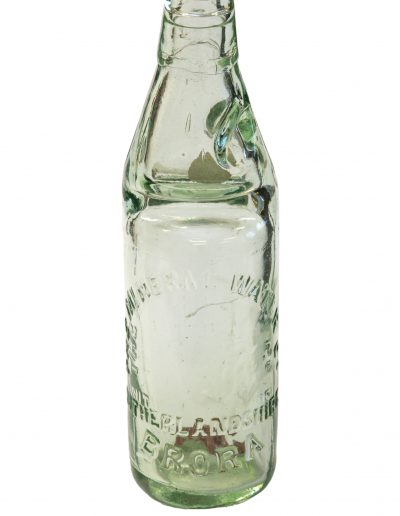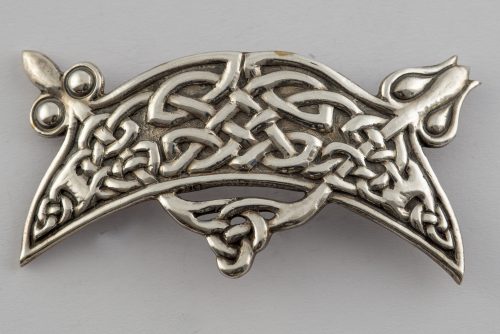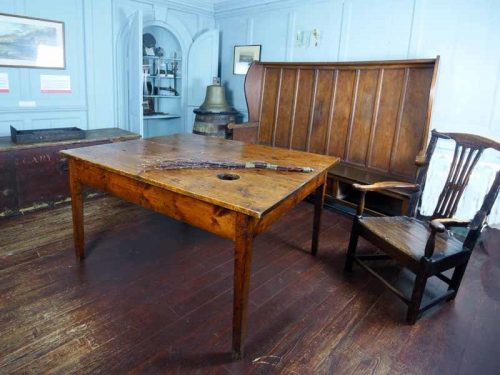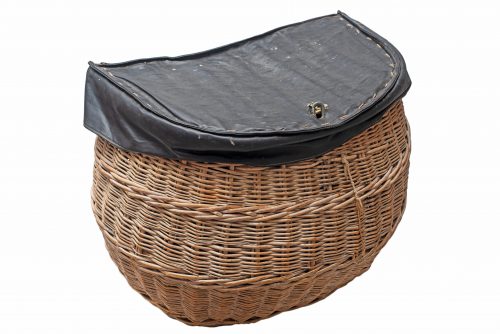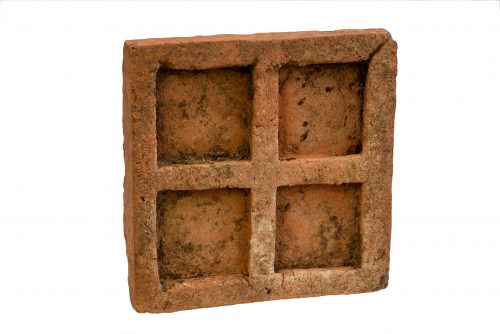Marble In Codd Bottle
Brora Heritage Centre
This is a bottle manufactured to an 1872 patent of English engineer and inventor, Hiram Codd.
His ingenious design for his carbonated drink bottle did away with the need for a cork. His invention, whilst largely superseded by the steel crown cap, is still manufactured for use in India and Japan today. Moulded in two halves, a glass marble was placed in the upper compartment and it was prevented from dropping into the lower part of the bottle by a narrower neck. The bottle was filled upside down with its fizzy soft drink and the pressure of the gassy liquid forced the marble against a rubber seal at the opening. The bottle was sealed entirely by the pressure of the carbonated liquid inside. When required to be drunk, the marble could simply be pushed down with a finger, relieving the pressure to allow the liquid to be poured.
But what would stop the marble dropping down against the opening and resealing the bottle during pouring? Mr Codd was a very clever man: he had designed in a pinch on one side of the moulded neck in which the marble would roll and be lodged in the pinch allowing free flow of liquid to be poured out. Genius!
Codd bottles are commonly found in late-Victorian and Edwardian rubbish tips (middens), however, they are largely all broken at the pinched neck. The reason for this is that once empty, children smash the neck and retrieve the precious commodity inside: the marble. They would then have hours of fun playing marbles (or ‘alleys’) with their friends.

